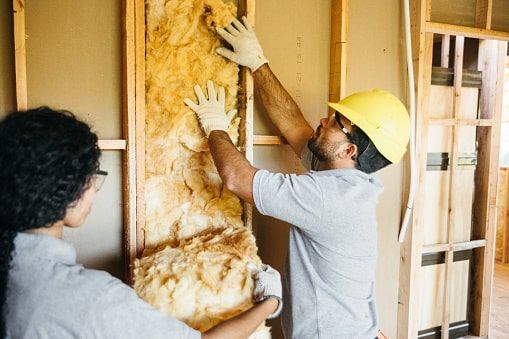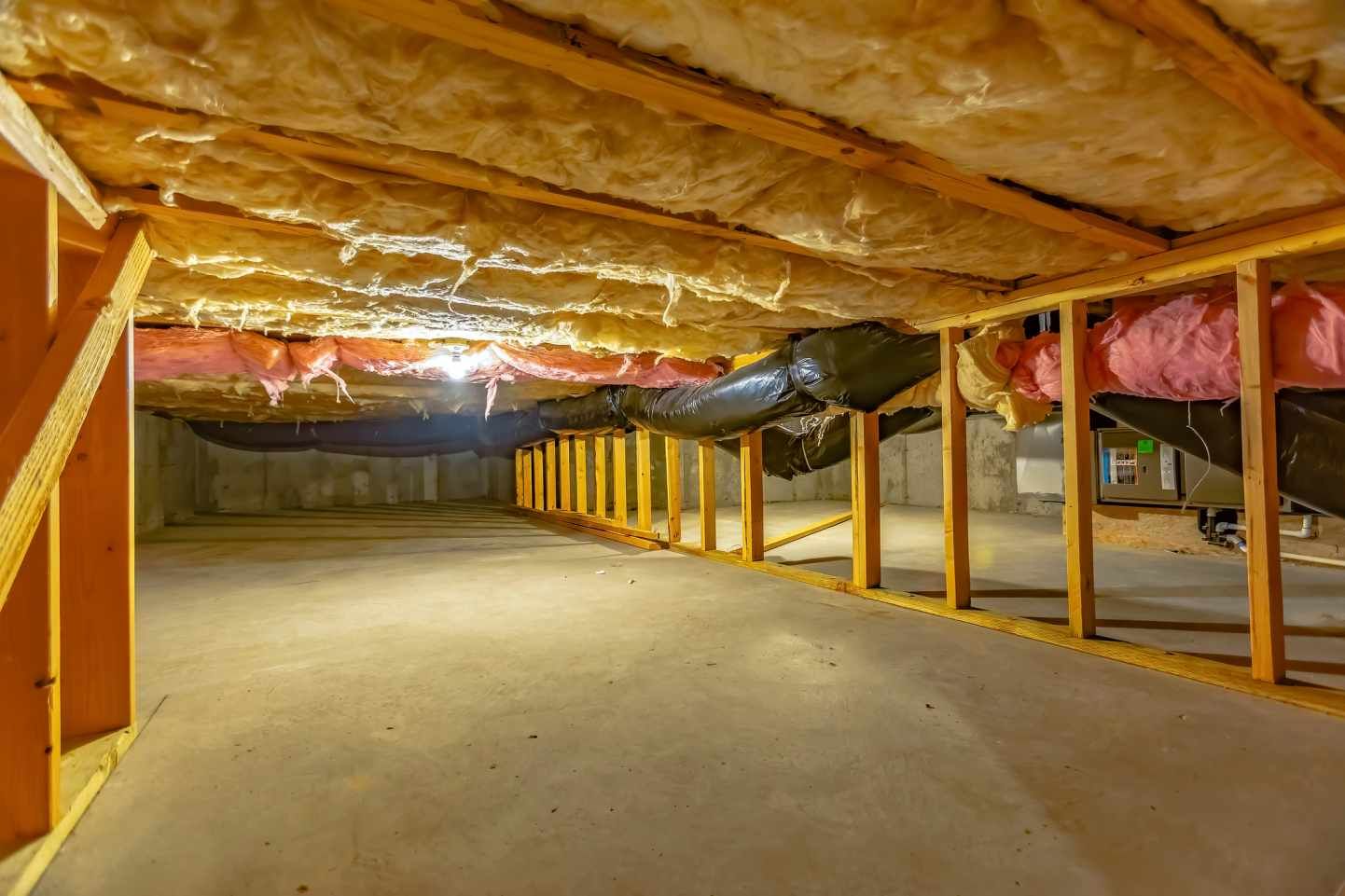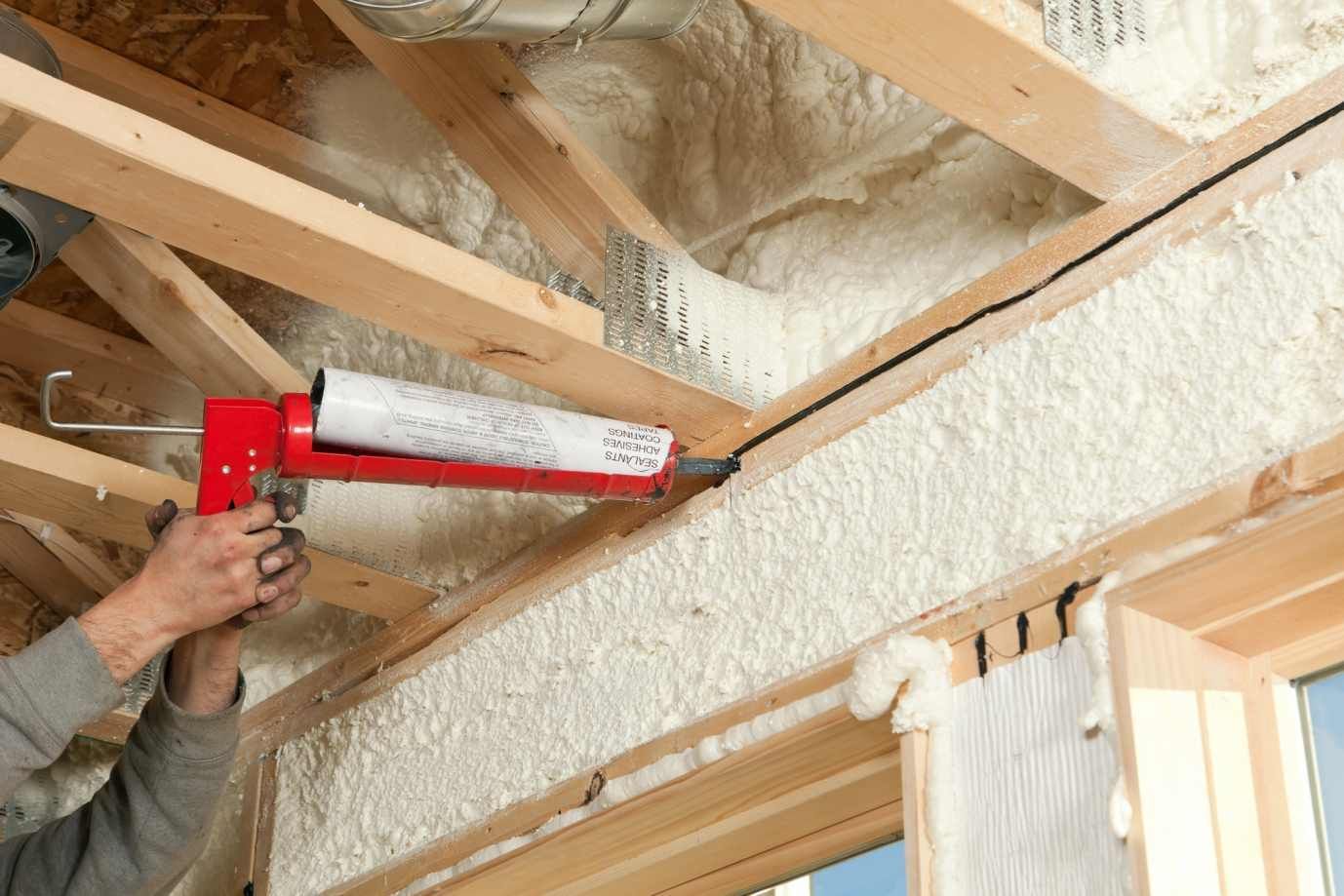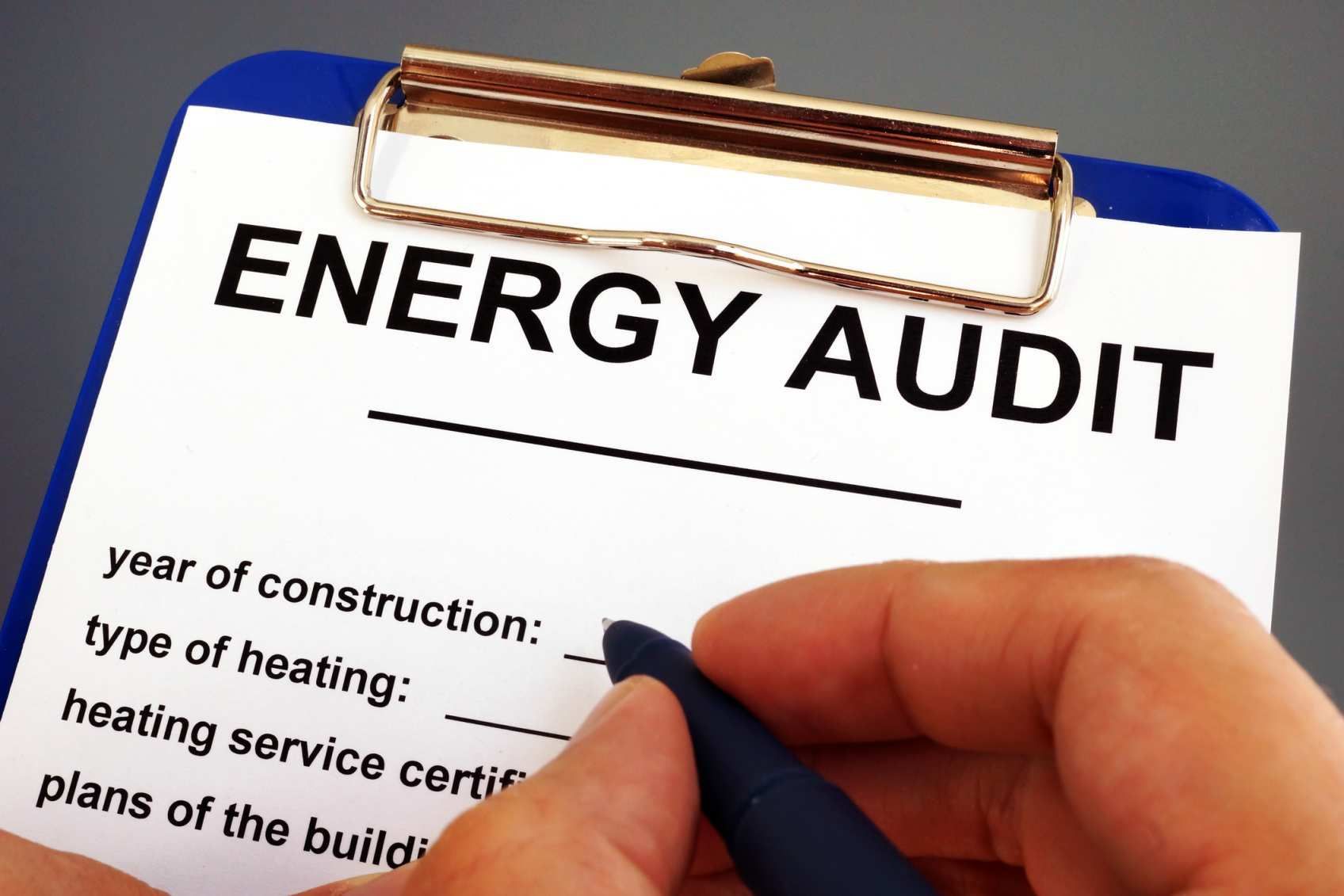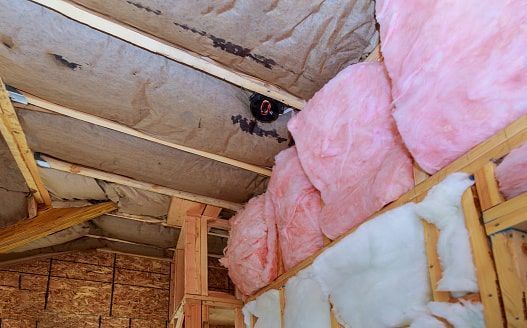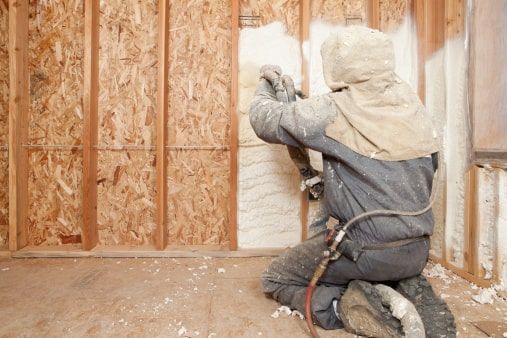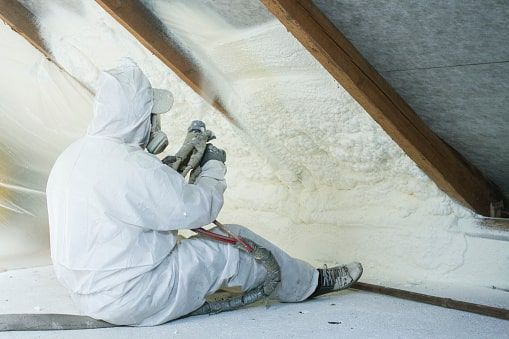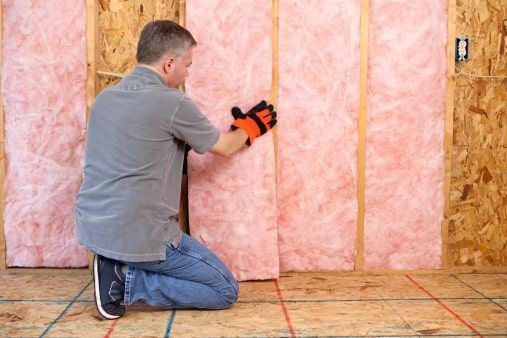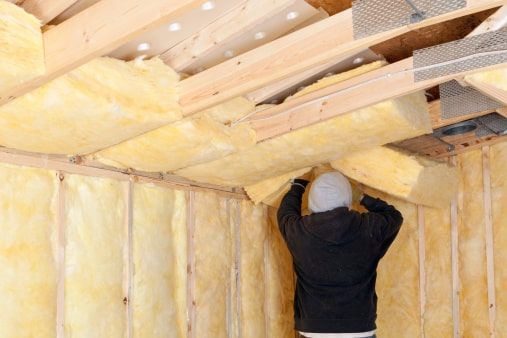Reasons to Update Wall Insulation
You might have heard people talk about boosting attic insulation, but what about your walls? If you live in an older home or have started noticing drafts, uneven temperatures, or higher heating and cooling bills, it might be time to assess what’s happening behind your drywall.
Boost Efficiency and Cut Costs
Heating and cooling accounts for over half your utility bill throughout much of the year. When wall insulation degrades, or if it wasn’t properly installed in the first place, your HVAC equipment has to work much harder.
Updating wall insulation reduces that strain, lowering energy use and saving you money in the long run. It also decreases wear on your heating and cooling system, which means fewer repairs and a longer lifespan.
Improve Comfort
Outdated or insufficient insulation allows outside temperatures to creep in. You may notice one room along an exterior wall is freezing in the winter while an interior room feels just fine. This inconsistency is a sign your wall insulation isn’t doing its job. Modern residential insulation types provide consistent thermal resistance for more even temperatures throughout your home.
Keep Moisture and Mold in Check
Proper insulation helps regulate not just temperature but also moisture levels. Poor insulation allows condensation to form inside your walls, which becomes a breeding ground for mold. Left unchecked, mold can damage structural integrity and negatively affect indoor air quality. Upgrading to the right type of residential insulation adds a moisture barrier that protects your home and health.
Reduce Outside Noise
Wall insulation acts as a sound barrier. If you’re tired of hearing traffic, construction, or the loud neighborhood kids, explore different types of house insulation that could help. Once you upgrade, you’ll enjoy a quieter, more peaceful indoor environment.
Deter Unwanted Pests
Old or deteriorating insulation invites pests like rodents and insects. New types of home insulation include materials and installation methods that seal gaps and cracks to reduce the risk of unwanted visitors nesting inside your walls.
Know When It’s Time to Replace
So, when should you replace the insulation in your walls? Homes that are over 15 years old, recently renovated, or impacted by storm damage are worth checking. Other common signs you should replace your wall insulation include:
- Uneven temperatures from room to room
- Energy bill hikes
- Drafts
- Moisture or mold problems
- Noise pollution
What Are the Different Types of Insulation?
You have several types of home insulation to choose from. Here are the options best suited to existing walls:
- Blown-in cellulose fills wall cavities through a small entry point, avoiding the need to tear down drywall.
- Fiberglass batts are best for open walls during remodels.
- Mineral wool is denser than fiberglass, making it excellent for soundproofing.
- Spray foam is a high-performance option but usually requires wall access.
Partner with Titanium Insulation
With years of industry experience and ongoing training to back us up, Titanium Insulation is the ideal partner to reinsulate your walls. We aim to exceed building standards with every installation to maximize the value of your investment. Plus, our company is fully licensed, bonded, and insured for your peace of mind. Contact us today for a free wall insulation estimate in the Greater Chicago area.


